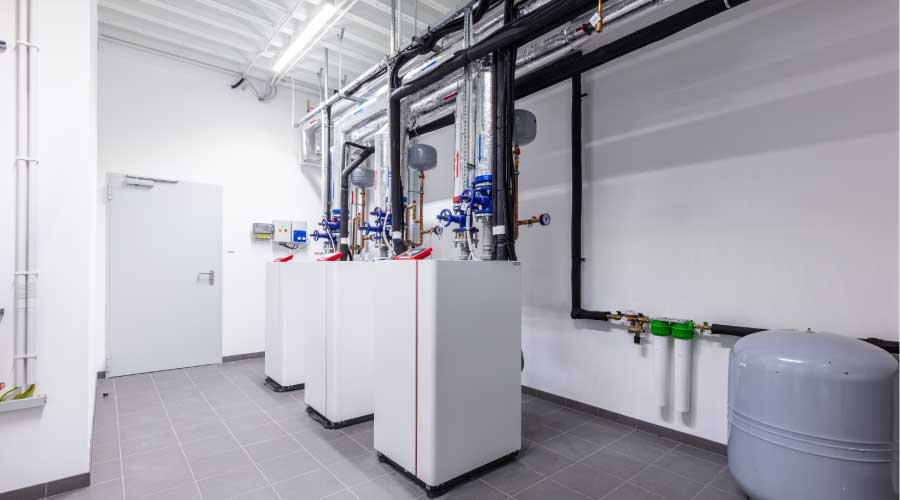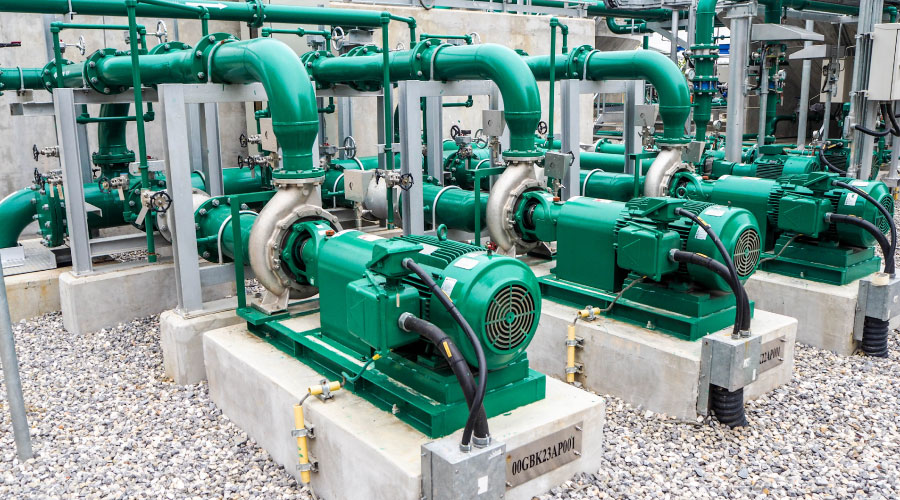Tips For Designing Energy Efficient HVAC Systems
The pursuit of energy efficient buildings involves the integration of multiple strategies and systems. These systems include architectural enclosure, lighting, domestic water heating, vertical transportation and HVAC. For HVAC systems, the loads come primarily from five sources: the building envelope (heating and cooling), lighting (cooling), occupancy (cooling), equipment for programmed use (cooling) and ventilation (heating and cooling).
Ventilation load is a function of either the number of persons occupying the space or the mechanisms necessary to control contaminant concentration and introduction to the space. In most climates of the eastern and southwestern regions of the United States, minimizing outside airflow saves energy when outside air is either warm and humid or very cold. Control of ventilation rate determined by occupancy, referred to as demand-control ventilation, is a common energy conservation strategy, especially for spaces with intermittent dense occupancy. Procedures for implementing demand-control ventilation are detailed in ASHRAE Standard 62.1.
Use environmental resources to help meet loads. With heating and cooling loads reduced to a minimum — using a high-performance building envelope, high-performance lighting with daylight-responsive lighting controls and occupancy sensors, Energy Star office equipment, and demand-controlled ventilation — measures can be taken to reduce the energy consumption of the HVAC systems themselves. The first step is to use available environmental resources to help meet heating and cooling loads. These resources might include outside air during parts of the year in many climates.
In the Northeast, north central and in much of the West coast of the United States, the ambient outside air often has a lower enthalpy than does the interior room air. In such conditions, air returned from the occupied space can be dumped in preference for the lower enthalpy outside air, reducing the energy required to cool the supply air to the conditions necessary to maintain room temperature and humidity setpoints. This strategy is called airside economizer.
With a waterside economizer, cooling towers make cold water when exterior conditions permit, providing chilled water without the energy penalty of compressors. Other resources to offset heating and cooling loads can come from the building itself. Heat and moisture recovery from exhaust air can temper incoming outside air, reducing the energy required for heating when outside air is very cold or cooling when outside air is very hot or humid. This can be very effective when high ventilation or exhaust rates are required.
Five strategies for improving the performance of building systems:
1. Reduce the load or the duty for the system.
2. Make use of available environmental resources (thermal for HVAC systems).
3. Improve the efficiency of the components of the system.
4. Improve the control and functional coordination of the components.
5. Offset system energy input with renewable energy sources.
|
Related Topics:













